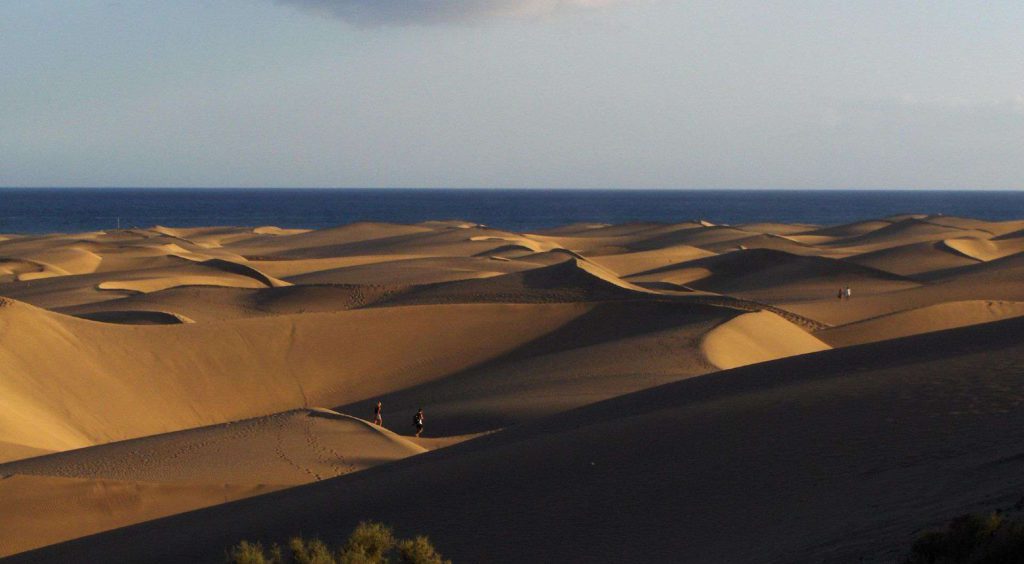Iberinbound, iberinbound@iberinbound.com incoming travel agency in the Canary Islands, DMC specialized in Spain and Portugal for Groups and ad-hoc Groups, Educational, Incentive, Leisure, MICE, Corporate trips introduces you to:
The Canary Islands, a Spanish archipelago and the southernmost autonomous community of Spain located in the Atlantic Ocean, in a region known as Macaronesia. The Canary Islands, which are also known informally as the Canaries, are among the outermost regions (OMR) of the European Union proper. It is also one of eight regions with special consideration of historical nationality as recognized by the Spanish Government. The Canary Islands belong to the African Plate.
The eight main islands are (from largest to smallest in area) Tenerife, Fuerteventura, Gran Canaria, Lanzarote, La Palma, La Gomera, El Hierro and La Graciosa. The archipelago includes many smaller islands and islets: Alegranza, Isla de Lobos, Montaña Clara, Roque del Oeste and Roque del Este. It also includes a series of adjacent roques (those of Salmor, Fasnia, Bonanza, Garachico and Anaga). In ancient times, the island chain was often referred to as “the Fortunate Islands”. The Canary Islands are the most southerly region of Spain and the largest and most populated archipelago of Macaronesia. Historically, the Canary Islands have been considered a bridge between four continents: Africa, North America, South America and Europe.
The archipelago’s beaches, climate and important natural attractions, especially Maspalomas in Gran Canaria and Teide National Park and Mount Teide (a World Heritage Site) in Tenerife (the third tallest volcano in the world measured from its base on the ocean floor), make it a major tourist destination with over 12 million visitors per year, especially Tenerife, Gran Canaria, Fuerteventura and Lanzarote.
Green areas as well as desert exist on the archipelago. Due to their location above the temperature inversion layer, the high mountains of these islands are ideal for astronomical observation. For this reason, two professional observatories, Teide Observatory on the island of Tenerife and Roque de los Muchachos Observatory on the island of La Palma, have been built on the islands.
During the time of the Spanish Empire, the Canaries were the main stopover for Spanish galleons on their way to the Americas, which came south to catch the prevailing north-easterly trade winds.
Four of Spain’s thirteen national parks are located in the Canary Islands, more than any other autonomous community. Two of these have been declared UNESCO World Heritage Sites and the other two are part of Biosphere Reserves.
The Canary Islands have eight airports altogether, two of the main ports of Spain. The largest airport is the Gran Canaria Airport. Tenerife has two airports, Tenerife North Airport and Tenerife South Airport.[106] The island of Tenerife gathers the highest passenger movement of all the Canary Islands through its two airports.
There are large ferry boats that link islands as well as fast ferries linking most of the islands. Both types can transport large numbers of passengers and cargo (including vehicles) .
The port of Las Palmas is first in freight traffic in the islands,[110] while the port of Santa Cruz de Tenerife is the first fishing port with approximately 7,500 tons of fish caught, according to the Spanish government publication Statistical Yearbook of State Ports. Similarly, it is the second port in Spain as regards ship traffic.
The marine life found in the Canary Islands is also varied, being a combination of North Atlantic, Mediterranean and endemic species. In recent years, the increasing popularity of both scuba diving and underwater photography have provided biologists with much new information on the marine life of the islands.
Marine mammals include the large varieties of cetaceans including rare and not well-known species (see more details in the Marine life of the Canary Islands). Hooded seals have also been known to be vagrant in the Canary Islands every now and then. The Canary Islands were also formerly home to a population of the rarest pinniped in the world, the Mediterranean monk seal.
The most famous festivals of the Canary Islands is the carnival. It is the most famous and international festival of the archipelago. The carnival is celebrated in all the islands and all its municipalities, perhaps the two busiest are those of the two Canarian capitals; the Carnival of Santa Cruz de Tenerife (Tourist Festival of International Interest) and the Carnival of Las Palmas de Gran Canaria.

